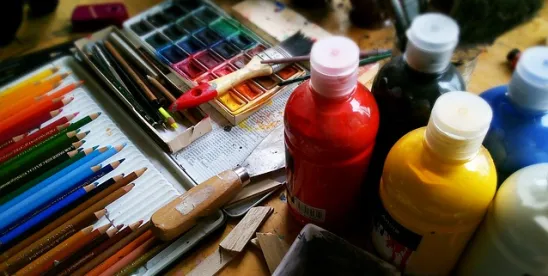What is fair use? And why is this common defense to copyright infringement cases being more narrowly interpreted by the courts? And what does Andy Warhol have to do with it anyway?
What Is Fair Use?
Let’s start with the first question. Fair use is a defense to a claim that a creative work copies, and therefore infringes the copyright in, another creative work. The defense is often characterized as the statutory embodiment of the First Amendment right to free speech. For fair use to apply, the alleged copycat must have had an expressive purpose to have done the copying. This expressive purpose may include copying for the purpose of commenting on the work (e.g., a book review including a verbatim excerpt of a copyrighted book, for example, or a news report featuring a copyrighted photo); satirizing it (a cartoon copying a famous copyrighted artwork, for example); or creating a new work that has a different character and message from the original. So, to determine whether fair use can be successfully invoked, courts look to four factors:
-
The purpose and character of the accused infringer’s use;
-
The nature of the work being copied;
-
The amount and substantiality of the work taken by the accused infringer; and
-
The effect of the use on the potential market for the work.
In a 2013 case handed down by a federal appeals court in New York (the Second Circuit), the court found that the famous artist Richard Prince had made fair use of some of Patrick Cariou’s photographs of people in Jamaica on the grounds that Prince’s artworks commented on the role of popular culture and music in everyday life. For an example of how Prince manipulated Cariou’s work see The New York Times article, “Court Rules in Artist’s Favor.” Because the court found some of Prince’s works that appropriated from dozens of Cariou works to be fair use, particularly Prince’s collages, it appeared the fair use doctrine was experiencing something of a boon.
Why Is This Common Defense to Copyright Infringement Cases Being More Narrowly Interpreted by the Courts and What Does Andy Warhol Have to Do With It?
However, and this brings us to the answers to the second and third questions above, one of the most recent of several court decisions pushing back on this position involves Andy Warhol. Specifically, the Second Circuit has now found infringing a series of prints created by Andy Warhol from a photo depicting music legend Prince (yes, a lot of princes in this post). The Warhol prints infringed the photograph of Prince because, according to the court, just adding Warhol’s “signature style” to the original photo, taken by Lynn Goldsmith, wasn’t enough to make it transformative. Nor was a claim of “higher or different artistic use.” The appellate court’s decision reversed the ruling of the court below that the Warhol prints transformed Prince from a “vulnerable, uncomfortable” figure into “an iconic, larger than life” one.
The upshot? It will be harder to defend creative works based on the “appropriation” of other works from accusations of copyright infringement.




 />i
/>i

